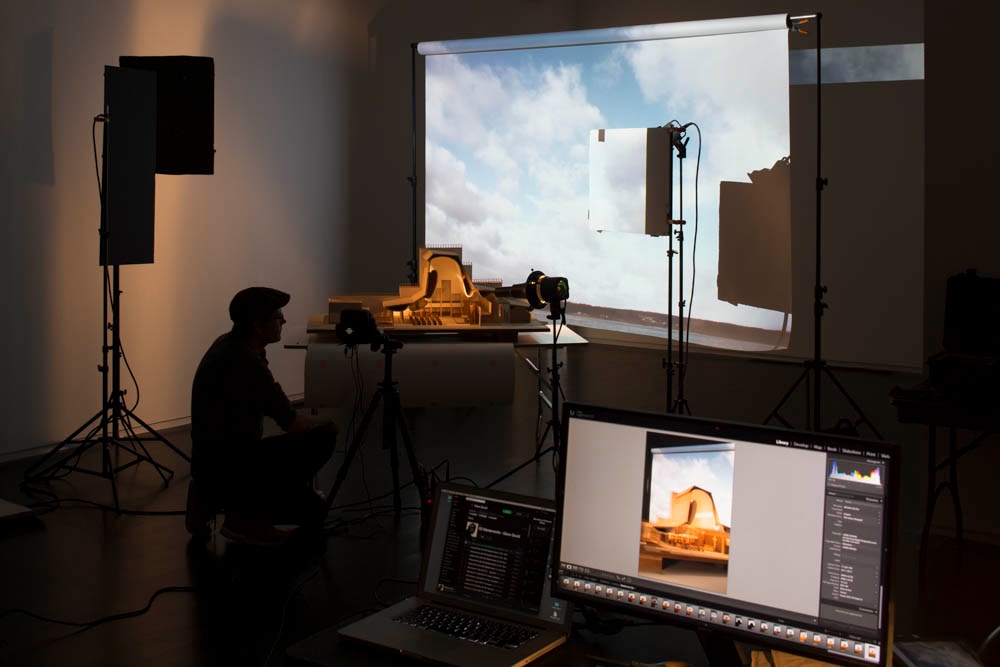
Process photo by Nicholas Knight
Jørn Utzon, Bagsværd Church
Bagsværd, Denmark, 1976

Process photo by Nicholas Knight
Peter Zumthor, Saint Benedict Chapel
Sumvitg, Switzerland, 1988

Process photo by Nicholas Knight
Peter Zumthor, Saint Benedict Chapel
Sumvitg, Switzerland, 1988

Process photo by Nicholas Knight
Frank Lloyd Wright, Samuel Freeman House
Los Angeles, USA, 1924

Process photo by Nicholas Knight
Norman Foster, Renault Distribution Center
Swindon, UK, 1982

Process photo by Nicholas Knight
Norman Foster, Renault Distribution Center
Swindon, UK, 1982

Process photo by Nicholas Knight
Gerrit Rietveld, Schröder House
Utrecht, The Netherlands, 1924

Process photo by Nicholas Knight
Gerrit Rietveld, Schröder House
Utrecht, The Netherlands, 1924

Process photo by Nicholas Knight
Le Corbusier, Pavillon des Temps Nouveaux
Paris, France, 1937

Process photo by Nicholas Knight
Le Corbusier, Pavillon des Temps Nouveaux
Paris, France, 1937

Process photo by Nicholas Knight
Jørn Utzon
Bagsværd Church, Bagsværd, Denmark, 1976







